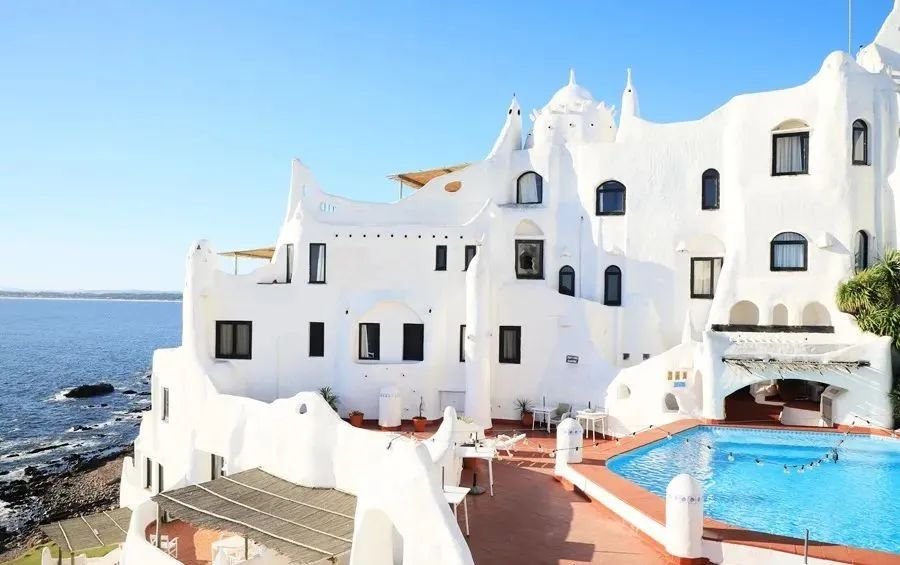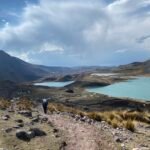Piriápolis: The Hidden Gem Near Punta del Este
Mentioning Piriápolis might not resonate with many, but Punta del Este, often referred to as East Cape, is much more well-known. However, today’s spotlight is on Piriápolis, a small town just 20 kilometers from East Cape, a pearl overshadowed by its more famous neighbor.
The name of Piriápolis was derived from the first Spanish governor, likely linked to the places he governed or discovered. For the residents of Montevideo, Piriápolis is the perfect seaside getaway. This is where the Río de la Plata meets the Atlantic Ocean, and the city stretches along the bay, featuring both snow-white beaches and some of Uruguay’s best surfing spots. Restaurants are neatly arranged along the coastal path on one side, while on the other side lie beautiful beaches and the final moments of the Río de la Plata before it merges with the ocean. The best part is that it’s just a little over 100 kilometers from Montevideo, a quick drive along Route 8.
Although Uruguay is known as a country without mountains, it seems that Piriápolis was a favorite of the gods. Small hills surround the city center and the southern parts, adding both recreational value and natural beauty. This charm has led many affluent commuters from Montevideo to purchase vacation homes here. On Fridays, they head to Piriápolis to enjoy a perfect weekend of sunbathing, surfing, barbecuing, and relaxing by the sea breeze. On Sunday evenings, they return to Montevideo in time for work the next day.

The Governor’s Mansion in Piriápolis has now been converted into a museum, a trend that seems common throughout Uruguay. In Montevideo’s old town, many of the elegant historic buildings, once residences of colonial-era officials and high-ranking administrators, have also been repurposed into various types of museums. The best part is that these museums are open to the public free of charge, allowing visitors to explore the country’s heritage and architecture without any cost.
This museum sits atop a small hill, surrounded by lush greenery. After entering through the iron gate, visitors must walk along a scenic tree-lined path to reach the building, and the journey is truly delightful. At the base of the hill, there is a small lake, adding to the picturesque landscape. Inside, the museum displays artifacts from the governor’s time, along with early photographs of the city, maps, weapons, and personal belongings. The castle appears to have served both as a residence and an office, combining domestic and administrative functions.
On the second floor of the castle, there is a small prayer room that features a striking oil painting. The painting depicts a white deer, barely visible within the forest, its delicate form blending with the trees. According to legend, the governor once saw this very white deer in the nearby woods, and what made the sight extraordinary was the glowing light that emanated from its head. Believing it to be a messenger from God, the governor ordered a statue of Jesus to be erected on the opposite hill.


Exiting the museum, you step onto a winding mountain path. In Uruguay, where hills are rare, this setting offers a distinctive and refreshing landscape, making it a unique sight to enjoy.
The surrounding area features gently sloping hills, with a mix of green and yellow grass growing wild. Cows graze leisurely on these pastures, revealing the secret behind Uruguay’s globally popular beef—natural and grass-fed livestock.
Heading east along the highway for about 20 kilometers, you’ll arrive at the iconic Casa Pueblo. This renowned white structure was handcrafted by artist Carlos Páez Vilaró, incorporating architectural styles he encountered during his travels around the world. Now a museum, it offers visitors a glimpse into both his artistic legacy and unique design vision.
The building’s exterior showcases an intriguing blend of influences, reflecting African indigenous elements, Arabic motifs, European styles, and traces of Asian aesthetics. If you ever visit Uruguay, Casa Pueblo is well worth exploring, offering a fascinating combination of art, culture, and diverse architectural styles.
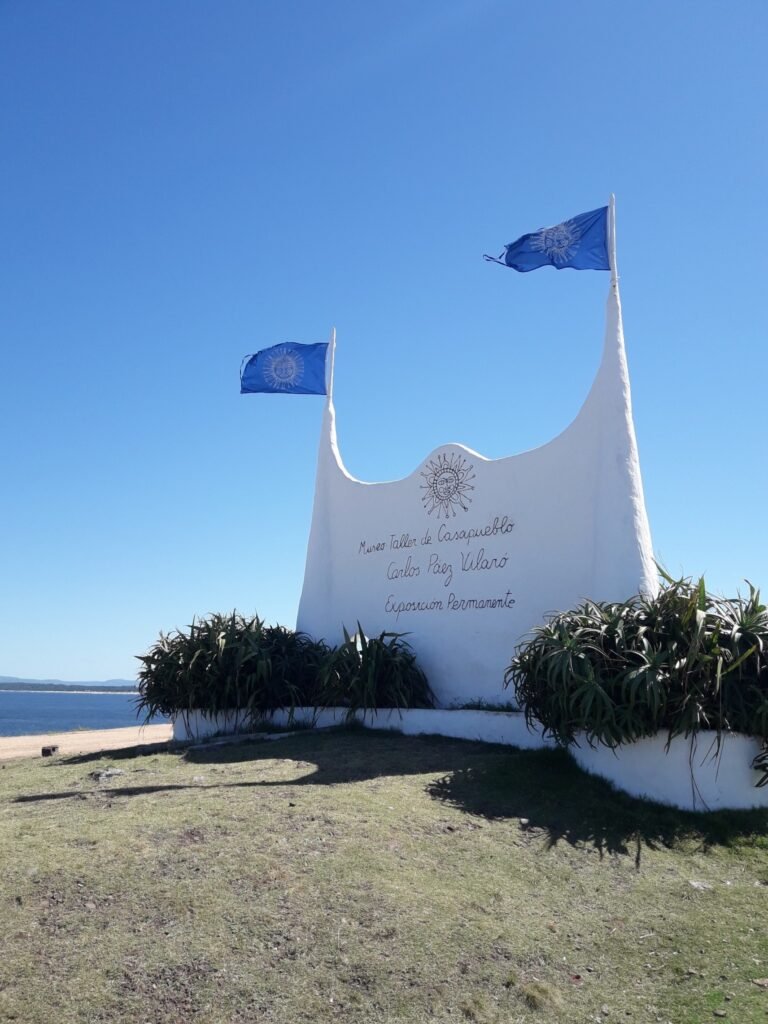
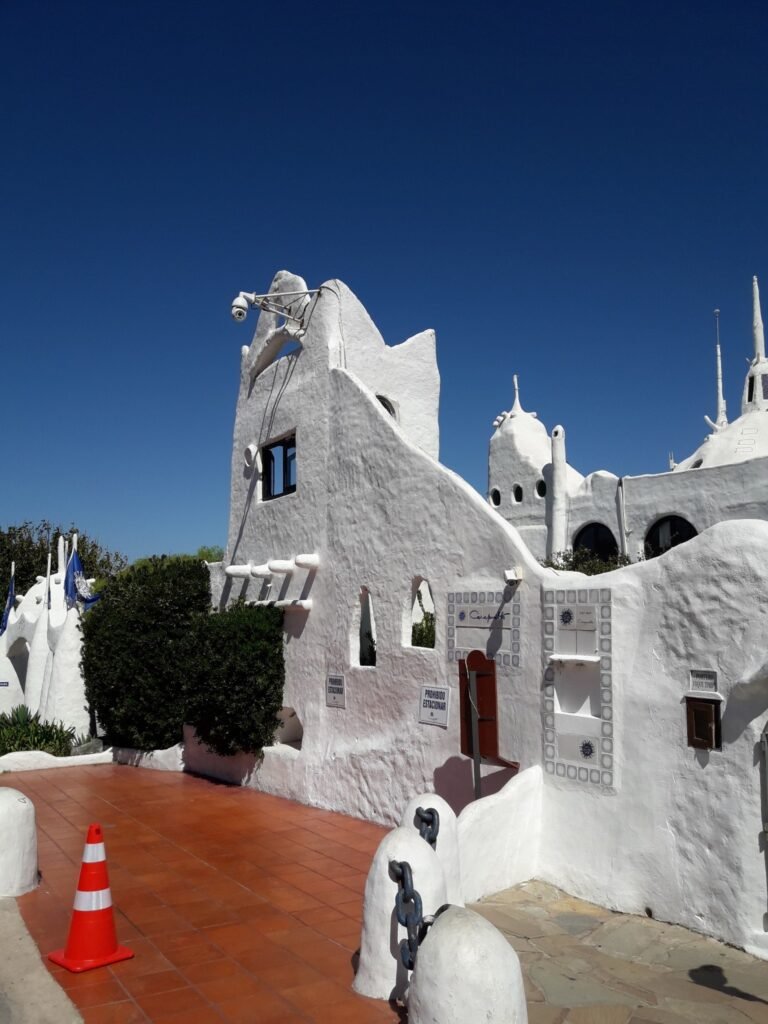
Casa Pueblo Between Piriápolis and Punta del Este
Casa Pueblo is situated between Piriápolis and Punta del Este, at almost equal distances from both towns. Perched on a small peninsula jutting into the sea, it offers a spectacular view of both Piriápolis and Punta del Este, earning it the playful nickname “a view of two cities at once.”
The house faces the Río de la Plata and looks out toward Piriápolis, with the sea directly below it. The best spot for capturing its beauty would be from a boat out on the water, but without that opportunity, I settled for taking a photo from below, capturing the house from a distance.

The White House: A Blend of Art and Hospitality
This architectural complex, known as the “White House” due to its bright white exterior, has been transformed into both a museum and a hotel. Unfortunately, I didn’t have the chance to explore the interior that day, but a friend mentioned that most of the exhibits consist of the artist’s own paintings. He admitted the interior wasn’t particularly compelling and suggested that the real appeal lies in the building’s exterior design, which captivated me more as well.
After our visit to the White House, our friend kindly drove us back to the city. We insisted on inviting him to join us for lunch, but he politely declined, explaining that he had plans to reunite with his family. In their culture, family always takes precedence over everything, including work. And that, I realized, is the true source of their happiness.
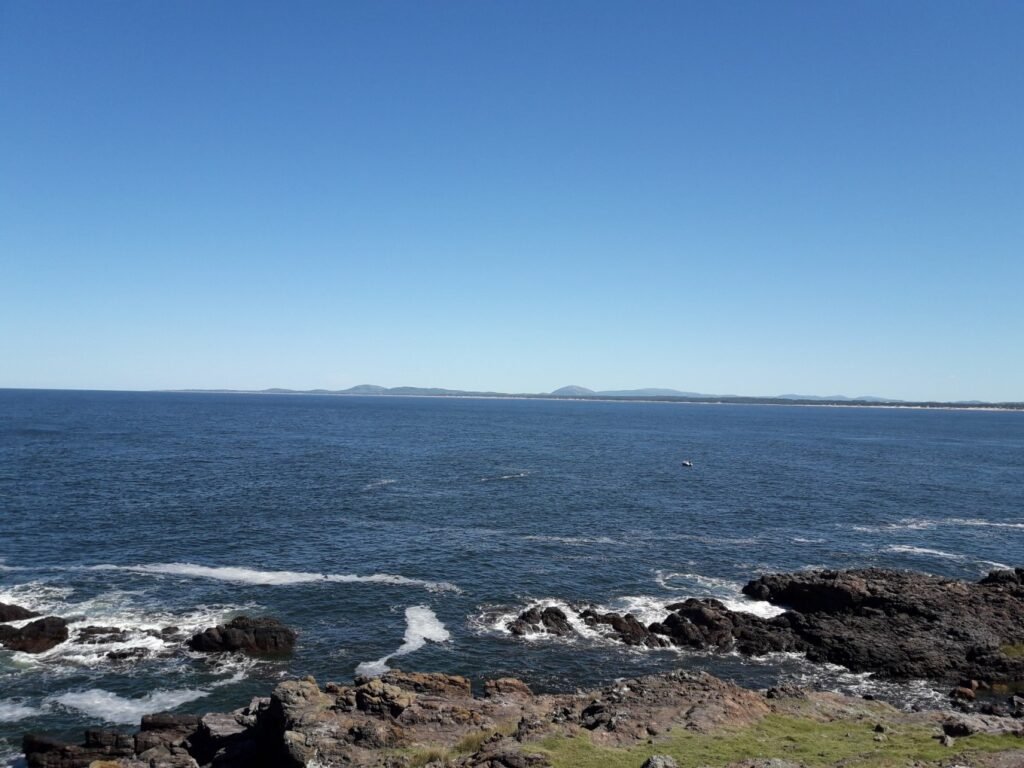
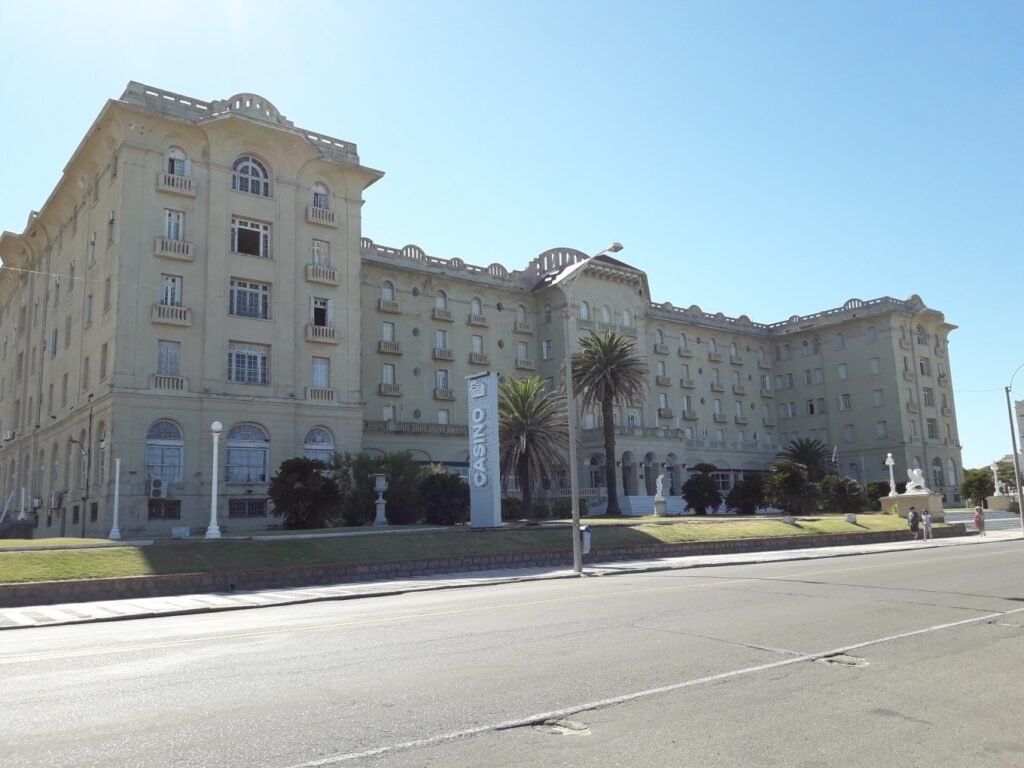
As we strolled along, we found ourselves in front of a casino, the very one shown in the picture. Since gambling is legal here, the most grand and impressive buildings in each city tend to be either government offices or casinos. This casino is open for public visits, and interestingly, it was previously known as the Hotel Argentino. Today, it also operates as a hotel, with several colonial-era paintings displayed inside, adding a touch of historical charm to the place.

